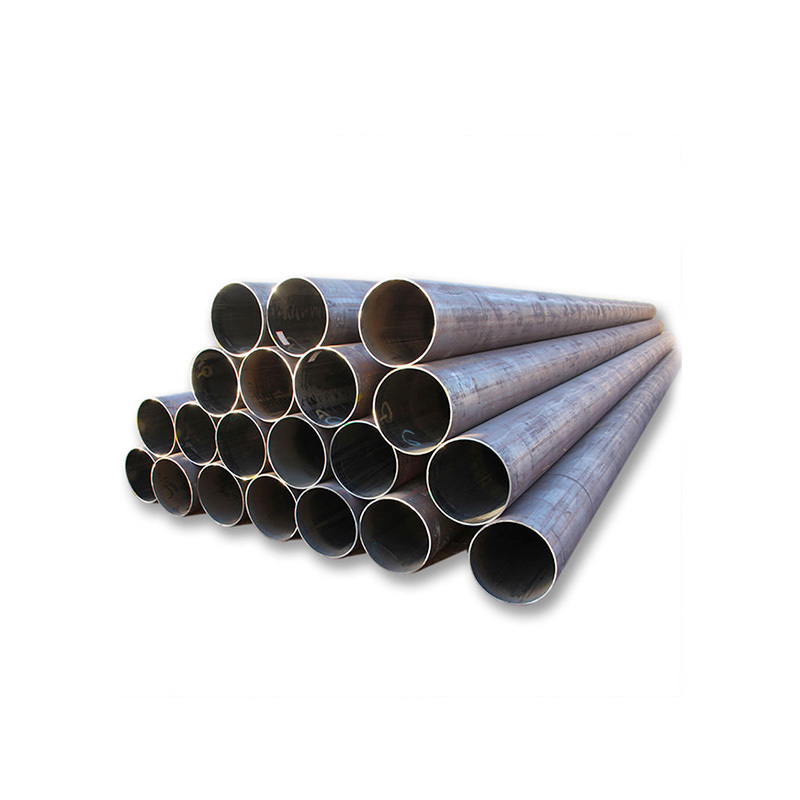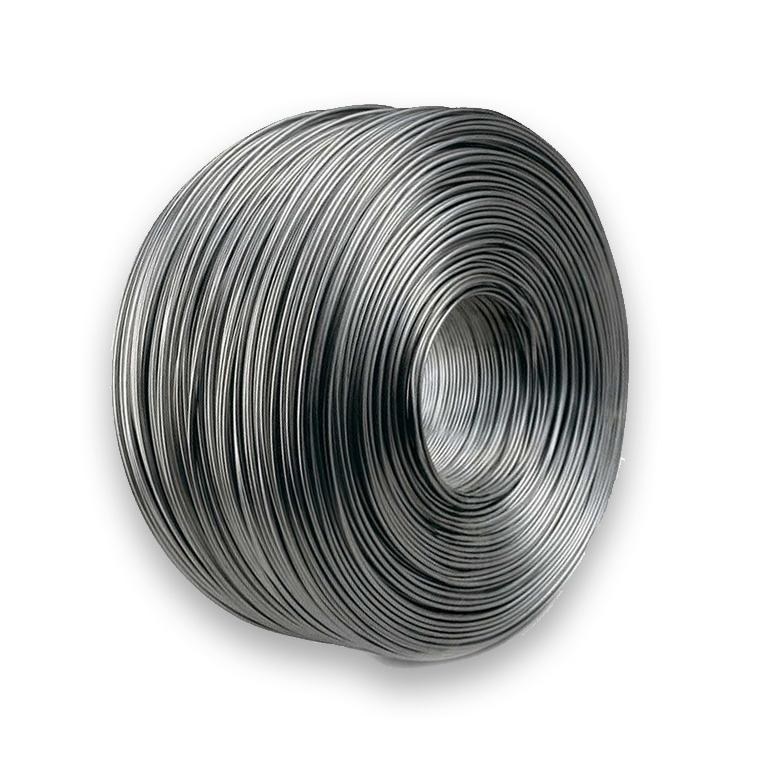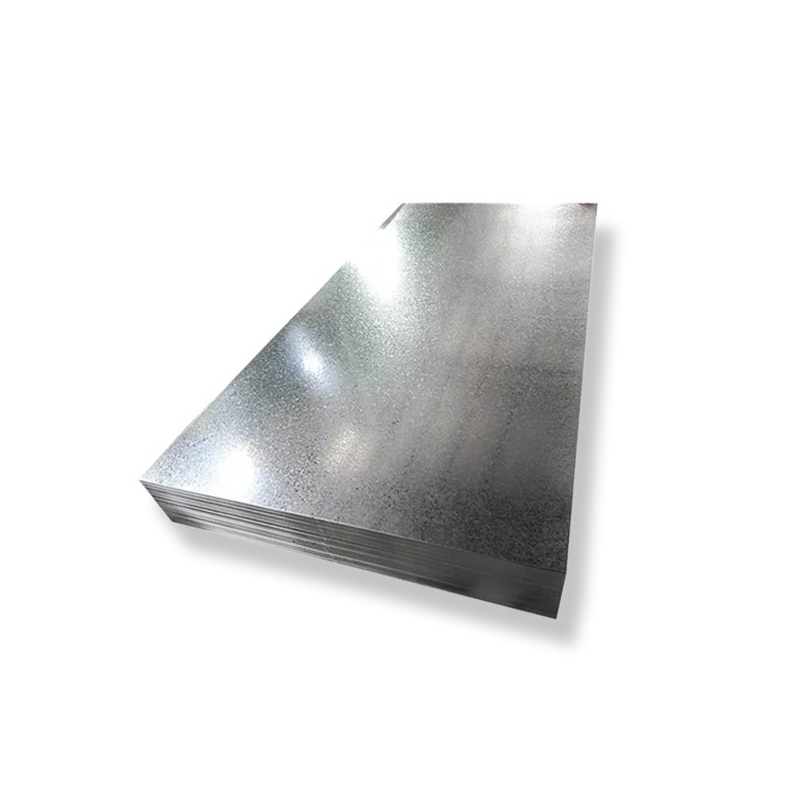A533 Pressure Vessel Steel Plate: An Overview
ASTM A533/A533M is a specification covering manganese-molybdenum and manganese-molybdenum-nickel alloy steel plates. These plates are primarily intended for use in welded pressure vessels, particularly those designed for nuclear applications and other critical containment structures where high strength and excellent toughness are paramount.
Key Characteristics and Grades
A533 steel plates are engineered to withstand demanding service conditions, including high pressures and a range of operating temperatures. Their principal attributes include:
- Strength and Toughness: A533 steel provides a robust combination of tensile strength and notch toughness. This is crucial for preventing brittle fracture, especially at lower operating temperatures or in applications with dynamic loading.
- Weldability: Despite its high strength, A533 steel generally exhibits good weldability, facilitating the fabrication of complex pressure vessel designs. Appropriate preheating and post-weld heat treatment (PWHT) procedures are often necessary to ensure weld integrity.
- Material Consistency: The specification requires tight control over the manufacturing process to ensure uniform mechanical properties throughout the plate material.
The ASTM A533 specification encompasses several types and classes, allowing for tailored material selection:
- Types:
- Type A: A manganese-molybdenum (Mn-Mo) alloy steel.
- Type B: A manganese-molybdenum-nickel (Mn-Mo-Ni) alloy steel.
- Type C: A Mn-Mo-Ni alloy steel, typically with higher nickel content than Type B for enhanced toughness.
- Type D: A Mn-Mo-Ni alloy steel with a modified composition for specific property enhancements.
- Type E: A Mn-Mo alloy steel, modified for improved toughness characteristics.
- Classes:
- Class 1: Supplied in the quenched and tempered condition, offering a specific minimum tensile strength.
- Class 2: Quenched and tempered to achieve a higher minimum tensile strength compared to Class 1.
- Class 3: Quenched and tempered to provide the highest minimum tensile strength among the standard classes.
The choice of type and class is dictated by the specific design requirements of the pressure vessel, including operating pressure, temperature, and safety considerations.
Chemical Composition and Mechanical Properties
The chemical composition of A533 steel is carefully controlled, typically featuring manganese, molybdenum, and, for Types B, C, and D, nickel as primary alloying elements. Carbon content is managed to balance strength and weldability, while elements like silicon contribute to deoxidation and strength. Phosphorus and sulfur levels are kept low to minimize impurities that can degrade toughness. Molybdenum enhances strength at elevated temperatures and improves creep resistance, while nickel significantly improves low-temperature notch toughness.
Mechanical properties, including yield strength, tensile strength, elongation, and impact strength (Charpy V-notch), are rigorously tested and must meet the specified minimums for the particular type and class. For example, Class 3 plates will exhibit higher yield and tensile strengths than Class 1 plates. Reputable suppliers, such as Shanxi Luokaiwei Steel Company, provide comprehensive mill test certificates (MTCs) that detail the chemical analysis and mechanical test results, ensuring full compliance with ASTM A533/A533M.
Heat Treatment and Applications
A533 steel plates are almost exclusively supplied in the quenched and tempered (Q&T) condition. This heat treatment involves heating the steel to an austenitizing temperature, followed by rapid cooling (quenching) in a suitable medium (often water), and then reheating to a specific tempering temperature. The Q&T process refines the steel’s microstructure, leading to a significant enhancement in both strength and toughness.
The primary applications for A533 steel plates are in the fabrication of critical components where structural integrity under pressure is essential. These include:
- Nuclear reactor pressure vessels
- Pressurizers and steam generators in nuclear power plants
- Other high-integrity components within the nuclear island
- High-pressure boilers and heat exchangers in demanding industrial processes
- Storage tanks for liquefied gases requiring good low-temperature toughness
The reliability and proven performance of A533 steel make it a preferred material for these safety-critical applications. When sourcing for such projects, engaging with knowledgeable steel plate providers, potentially including firms like Shanxi Luokaiwei Steel Company, can ensure material suitability and compliance.
Manufacturing and Quality Assurance
The manufacturing of A533 steel plates involves stringent controls at every stage, from steelmaking and chemical composition adjustment to rolling and heat treatment. Advanced steelmaking practices, such as vacuum degassing, are often employed to minimize hydrogen and other undesirable elements, thereby enhancing the steel’s internal cleanliness and toughness. Hot rolling is carefully controlled to achieve the desired plate dimensions and microstructural characteristics prior to heat treatment.
Comprehensive quality assurance is integral to the production of A533 plates. This includes extensive non-destructive testing (NDT), primarily ultrasonic testing (UT), to detect any internal flaws. Mechanical testing confirms that the material meets all specified strength and toughness requirements. The stringent requirements of nuclear codes and standards often necessitate additional testing and documentation. Companies specializing in pressure vessel steels, such as Shanxi Luokaiwei Steel Company, typically operate under robust quality management systems to meet these exacting demands.








